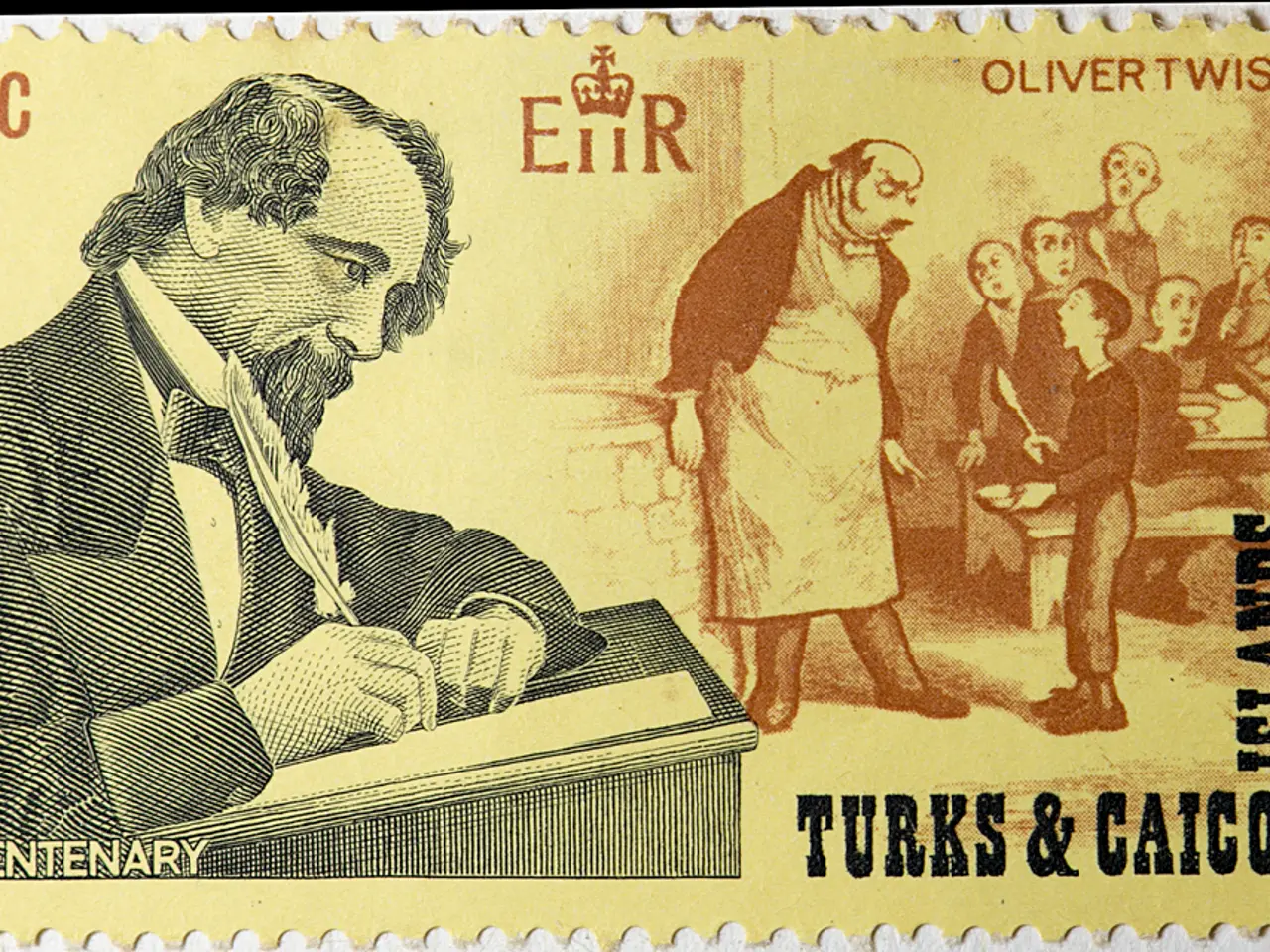Correct Envelope Addressing and Formatting for Successful USPS Delivery
In today's digital age, the art of penning a letter and sending it through the mail still holds a special charm. To ensure your correspondence reaches its destination efficiently and without delay, here are some key guidelines and tips for properly addressing and mailing envelopes with the United States Postal Service (USPS).
### Proper Address Format
The recipient's address goes in the centre of the front of the envelope. It should be formatted as follows:
1. **Line 1:** Recipient's full name (with optional titles such as Mr., Ms., Dr.) 2. **Line 2:** Street address or P.O. Box number (use "P.O. Box" before box number if applicable) 3. **Line 3:** City, State abbreviation, ZIP Code 4. **Line 4:** Country (only for international mail)
This format helps USPS sort and deliver mail correctly.
### Sender's Return Address
Add the return address in the top left corner of the envelope. It should include your full name, street address, city, state, and ZIP Code. This allows the USPS to return the mail if delivery fails.
### Postage Placement
Place the stamp or postage in the top right corner of the envelope.
### Special Situations
For business mail, include the recipient’s title, business name, department, and suite or mail stop number in the address. For military addresses, follow the specific APO/FPO format with rank, unit, and proper city/state codes (AA, AE, AP).
### Envelope Size and Weight
Regular envelopes must fit USPS size limits. For large envelopes (flats), ensure they are no thicker than ¾", no longer than 15", and no heavier than 13 ounces to avoid package rates. Pricing varies by size and weight.
### Common Mistakes to Avoid
Avoid common mistakes such as misspelled street names, incorrect or missing ZIP codes, placing the address or postage incorrectly or too close to edges, using unclear handwriting or smudged labels that barcode readers cannot scan, not including a return address, and using envelopes with coatings or varnishes on the address area.
### Additional Tips
- Verify the recipient’s address before mailing. - Use clear, legible handwriting or printed labels. - If sending internationally, include the country name last. - Keep the address block at least half an inch from the edges. - For P.O. Boxes, always use "P.O. Box" explicitly as part of the address line.
By following these steps, your mail will conform to USPS standards, reducing the risk of delays or returns and ensuring prompt delivery.
For more specific information, such as postage rates, envelope sizes, and tracking options, visit the USPS website. Happy mailing!
- To save on shipping costs, be aware of the packaging size and weight; larger envelopes and heavier packages may incur higher postage rates.
- If you're into fashion-and-beauty, home-and-garden, health-and-wellness, or skin-care, packaging your products appropriately is essential to protect them during shipping.
- With the rise of online shopping, shipping labels have become an integral part of the mailing process, making it easier to track and deliver packages.
- In the sphere of food-and-drink, proper packaging and labeling are crucial to ensure freshness and avoid spoilage during shipping.
- When it comes to science, international mailing involves a more complex process, as it requires specific formats, such as the APO/FPO format for military addresses.
- Lifestyle blogs often focus on creative and sustainable packaging solutions, as they can contribute to a more eco-friendly and attractive overall presentation.
- Nutrition labels on food packages provide vital information about the food's contents, making informed decisions easier for consumers.




